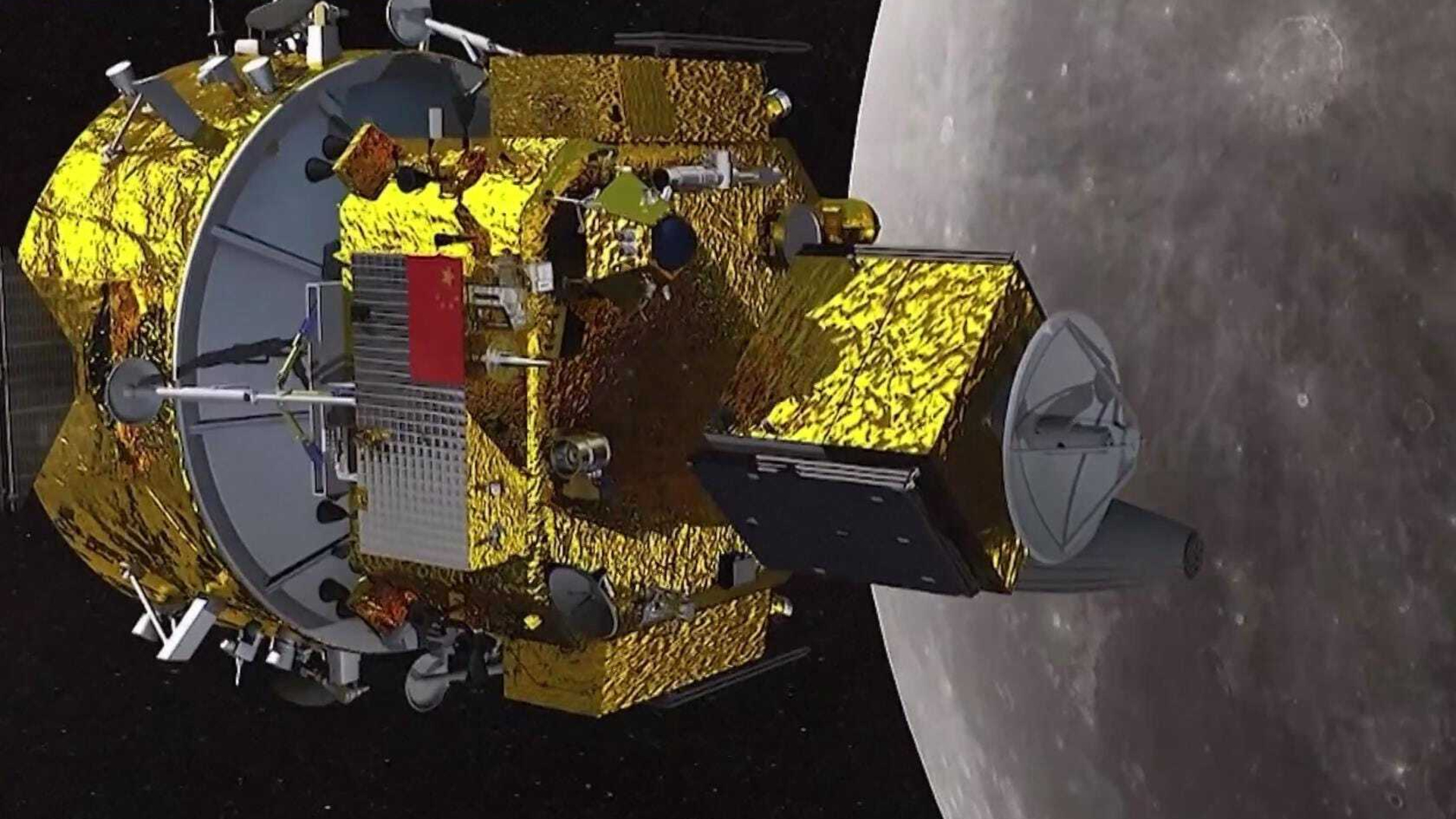Sagittarius A* in pictures: The 1st photo of the Milky Way's monster black hole explained in images
See the first photo of the Milky Way's black hole Sagittarius A* and how it was made.
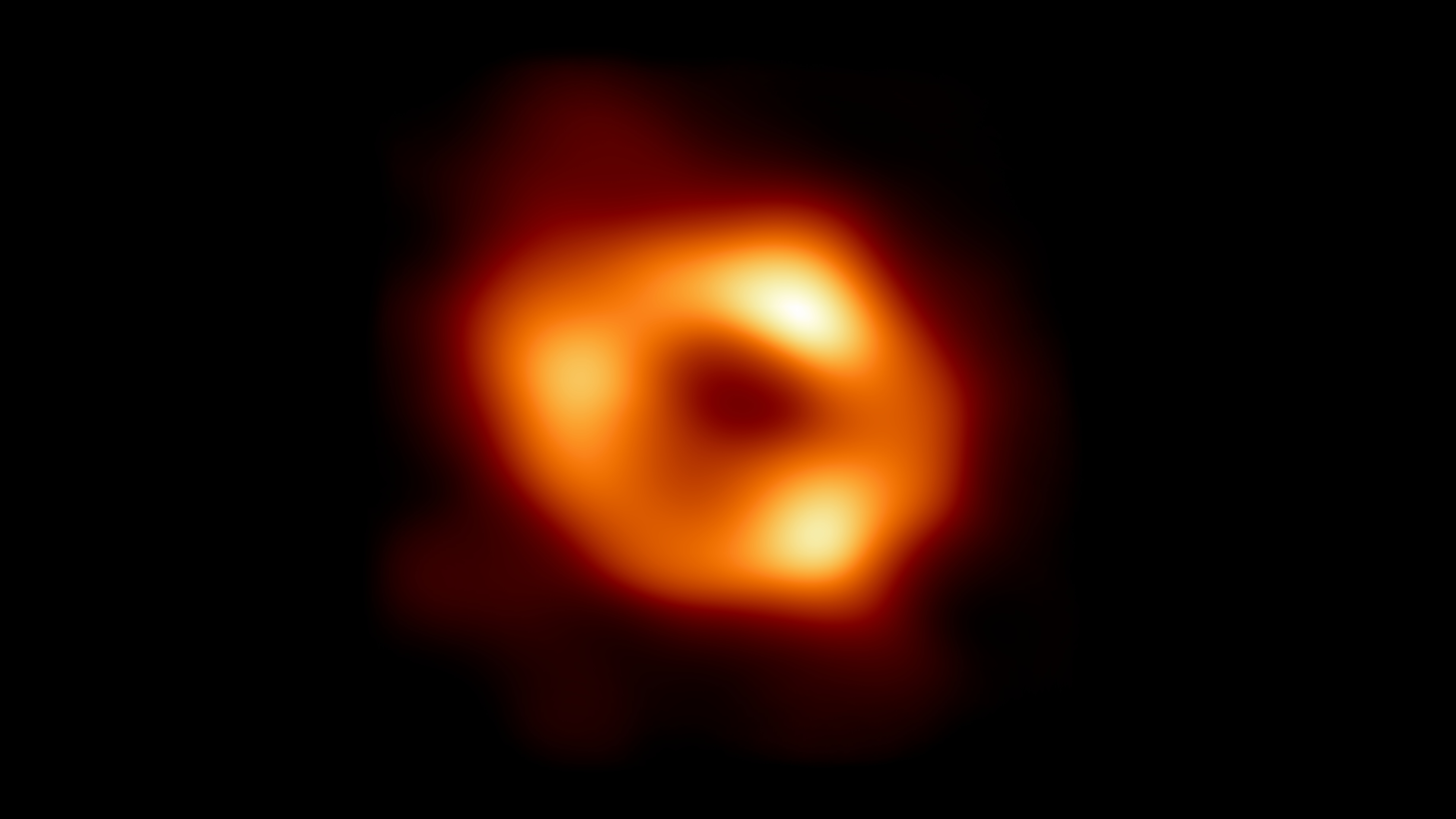
On May 12, 2022, scientists unveiled the first-ever image of Sagittarius A*, the supermassive black hole at the center of our Milky Way galaxy.
The historic image of Sagittarius A* (or Sgr A* for short) came courtesy of the Event Horizon Telescope, a planet-wide array of observatories best known for capturing the event horizon of a black hole in Messier 87 (M87) in 2019. You can see the image above.
The image was taken in submillimeter radio waves, revealing there is indeed a black hole embedded in the heart of the Milky Way, eating on any hydrogen gas available. The image was also a massive technological breakthrough after years of attempting to capture Sgr A*, which is much smaller than M87.
Click the arrows above to learn more about how the black hole discovery was made.
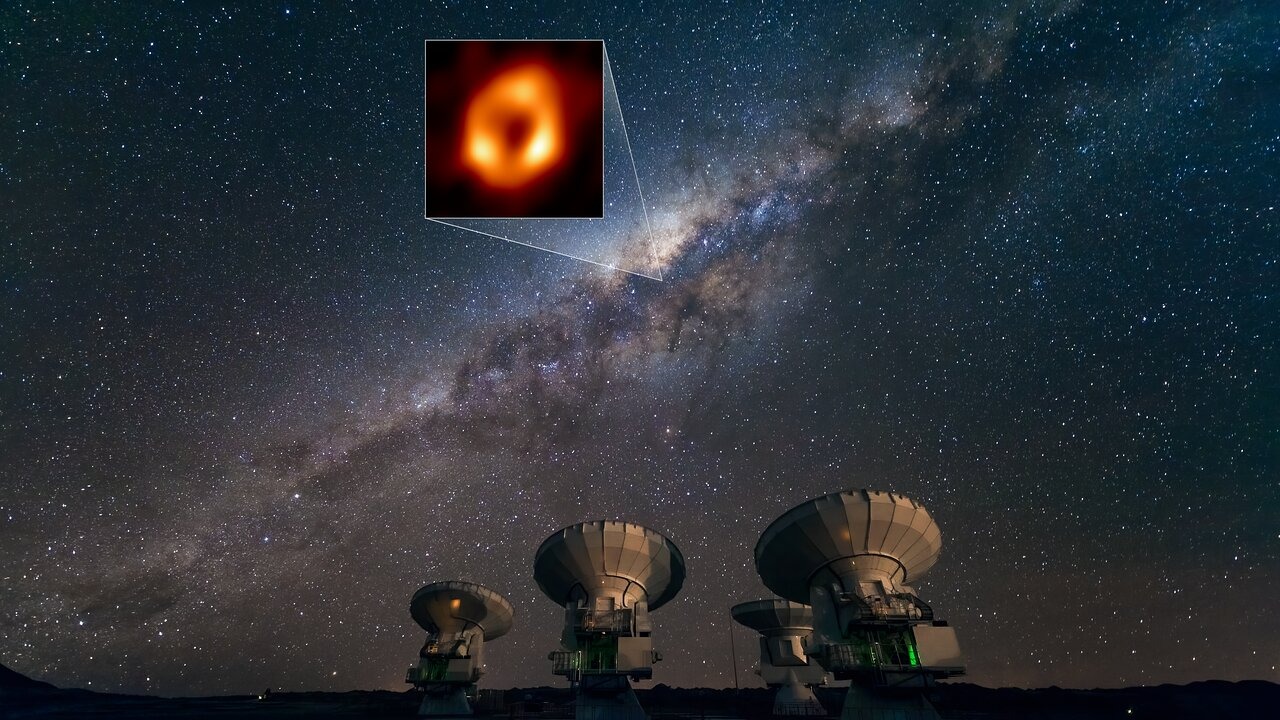
Sagittarius A*, pronounced "Sagittarius A star," is a supermassive black hole located at the center of our spiral galaxy, the Milky Way. In 2008, astronomers Reinhard Genzel and Andrea Ghez showed that Sagittarius A* has a mass 4.3 million times that of the sun.
But the black hole, large as it is, is relatively small compared with the Milky Way. The diameter of the supermassive black hole is around 14.6 million miles (23.5 million kilometers) , but the Milky Way itself is 100,000 light-years wide and 1,000 light-years thick.
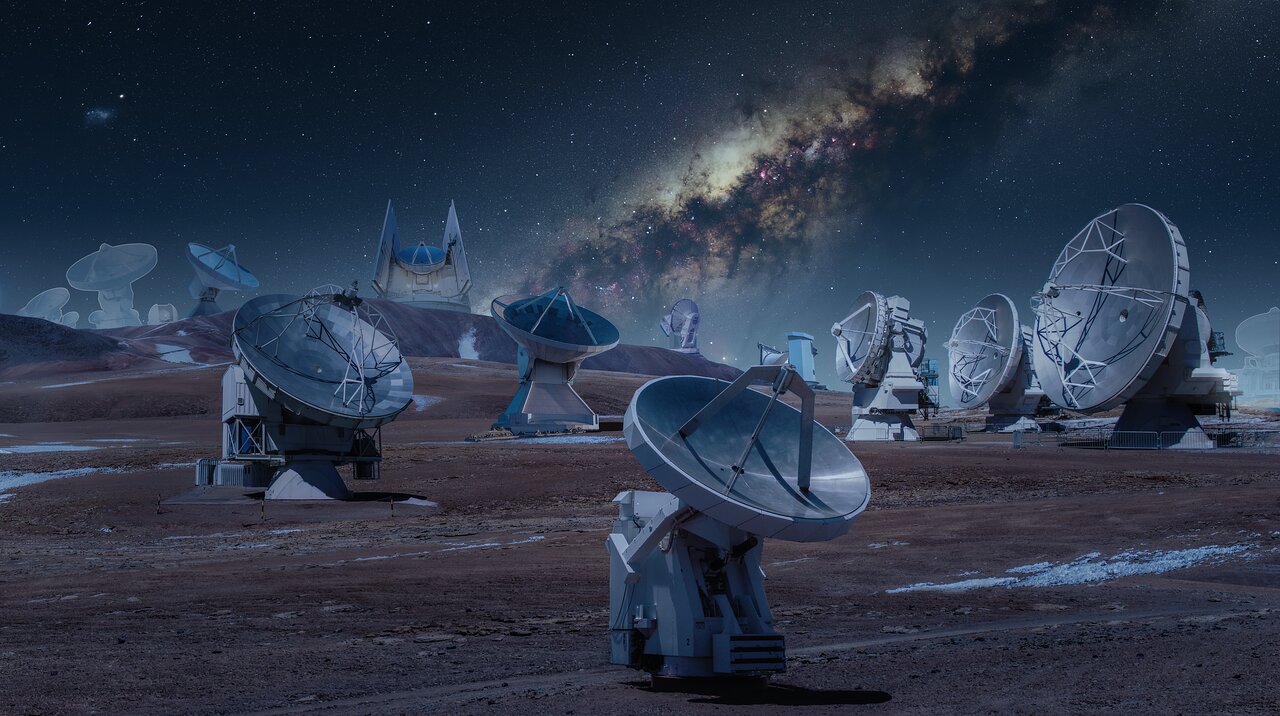
The Event Horizon Telescope Collaboration is a multinational research project that images black holes. The collaboration has over 200 scientists and engineers working with telescopes around the world. Working groups include such aspects as instrumentation, data collection and processing, data analysis, products, publications and other specialties.
The "event horizon" of the Event Horizon Telescope name refers to the boundary of a black hole from which no radiation (including light) may escape. Einstein's theory of general relativity also predicts black holes have a zone of no escape for photons.
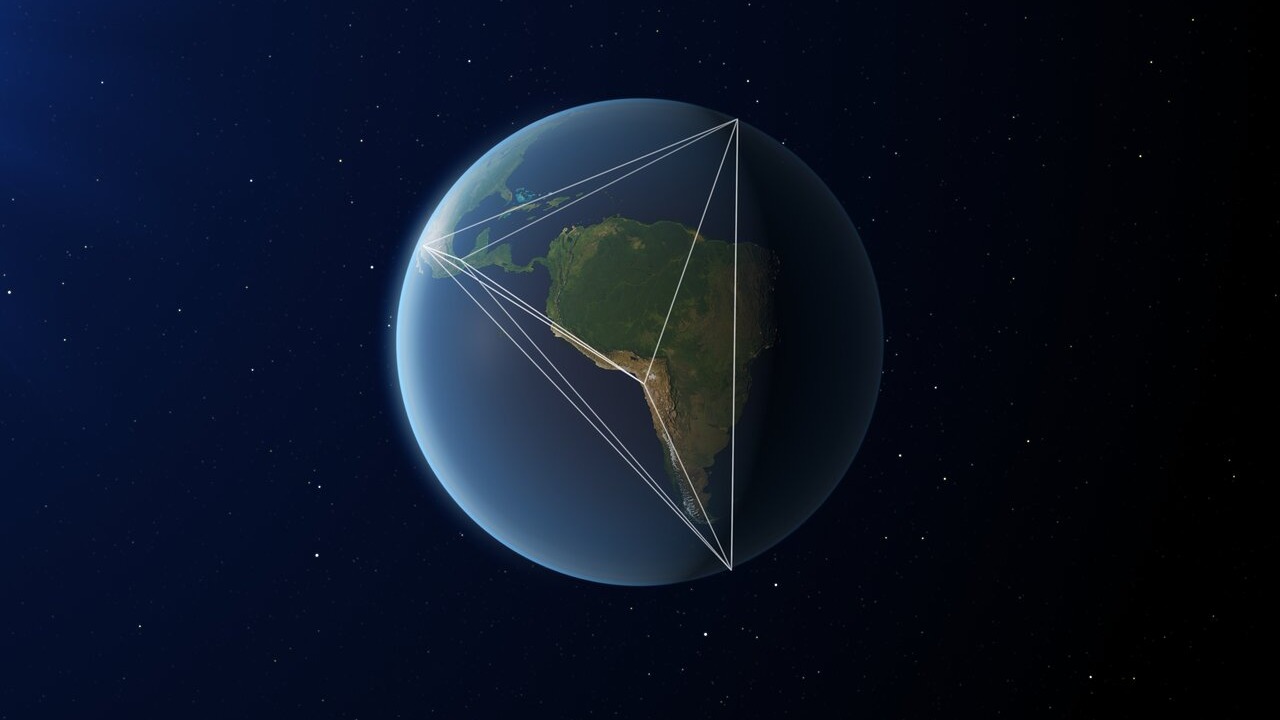
The EHT uses radio telescopes around the world to image black holes, bringing in such locations as the South Pole, the United States, Mexico and Chile. The observatories all look at the same target at the same time, collecting data in slightly different formats. This observing technique allows the numerous telescopes to act like a unified, large telescope that, ideally, magnifies distant and dim objects.
Telescopes stay in sync by timestamping data with the assistance of atomic clocks. The clocks shoot maser (microwave laser) beams at hydrogen gas. Since hydrogen gas wobbles at a known frequency, this allows measurements in a similar way to how calculate the swing of a pendulum in old-fashioned grandfather clocks. Hydrogen maser clocks only lose about 1 second every 100 million years.
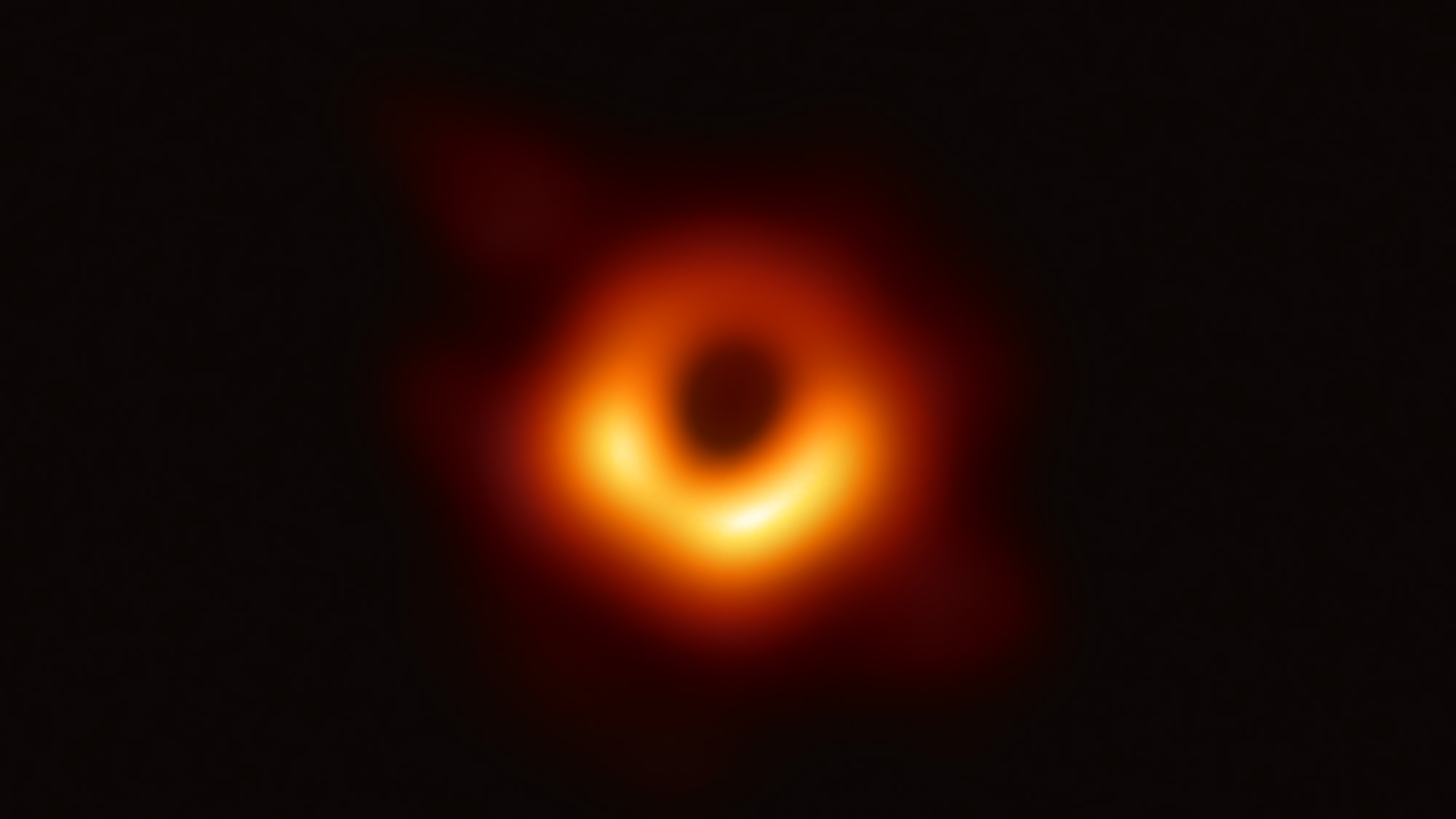
In 2019. the EHT captured the event horizon of M87, showing the silhouette of the black hole in high detail. It shows up so brightly because the gas trapped in a swirl around the black hole creates a lot of radiation. (The radiation inside the black hole is of course, invisible since it is beyond the event horizon.)
A 2021 follow-on effort imaged the polarized light surrounding the black hole, which sheds light on its magnetic fields. Light is polarized when emitted in hot and magnetic environments, such as a black hole. Unpolarized and polarized light have different orientations and brightness.
The polarized view "tells us that the emission in the ring is most certainly produced by magnetic fields that are located very close to the event horizon," Monika Moscibrodzka, coordinator of the EHT Polarimetry Working Group and assistant professor at Radboud Universiteit in the Netherlands, told Space.com in 2021.
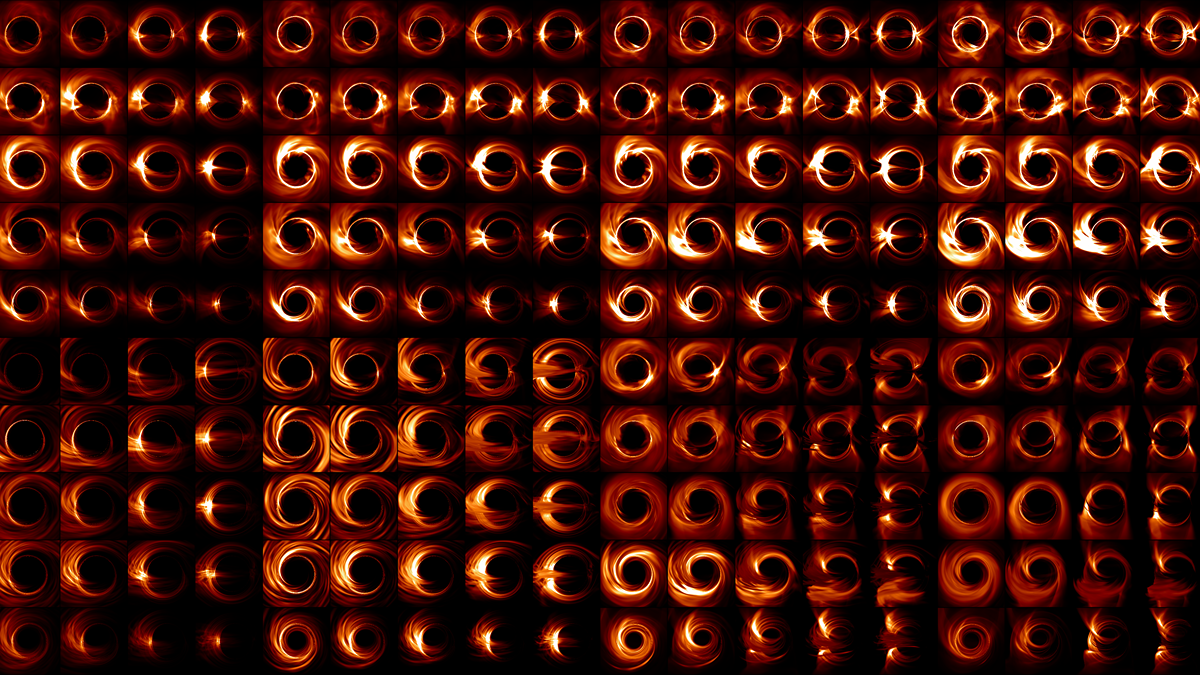
To understand the bizarre physics of the environment of Sgr A*, the imaging team used tools and models to measure the properties that were observed. They also developed more simplified models "that we can fit directly to the EHT data," Harvard and Smithsonian astrophysicist Michael Johnson told reporters after the black hole's imaging was announced on May 12, 2022.
"This is a different approach than imaging," Johnson said. "It gives us a different perspective, and it lets us understand the systematic biases of both methods because these simple models are easier to constrain with very limited data."
There were two ways they worked with the models. The first was to divide the data by time and to fit them to snapshots of the black hole in action, to make sure the measurements weren't "contaminated" by variability in its environment. This was combined into a single, averaged-out model.
The second model sought to fit all the data in at the same time. "Here, we're fitting for the average image structure, along with an extra source of variability noise that's sitting on top of that average," Johnson said. "This procedure is very similar to what we did to make the images. By combining all of these different approaches, we were able to precisely characterize the properties of the ring."
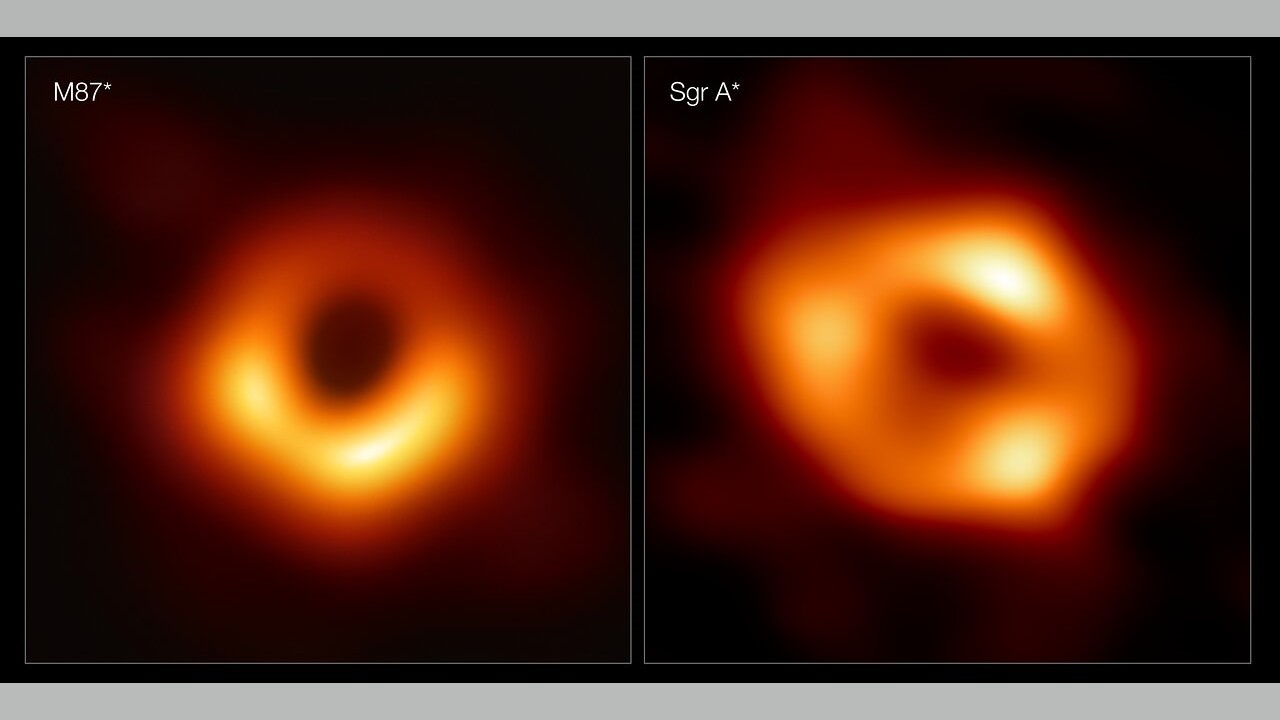
Both Sgr A* and M87 had their unique challenges in imaging, noted Vincent Fish, an EHT team member who is also a research scientist astronomer at the Massachusetts Institute of Technology.
Sgr A* is much smaller and far more variable than M87, he told reporters on May 12, 2022. "Materials swirl around M87 over the course of many days, but it takes only a few minutes for material to move around close to the horizon of Sgr A*," Fish said.
To "further complicate things," he added, Sgr A* is blocked by a lot of dust in our own galaxy, making it more difficult to see through all the material. "This scatters the radio waves and blurs the image. But years of observations at other wavelengths have made it possible for astronomers to partially mitigate the effects of this blurring."
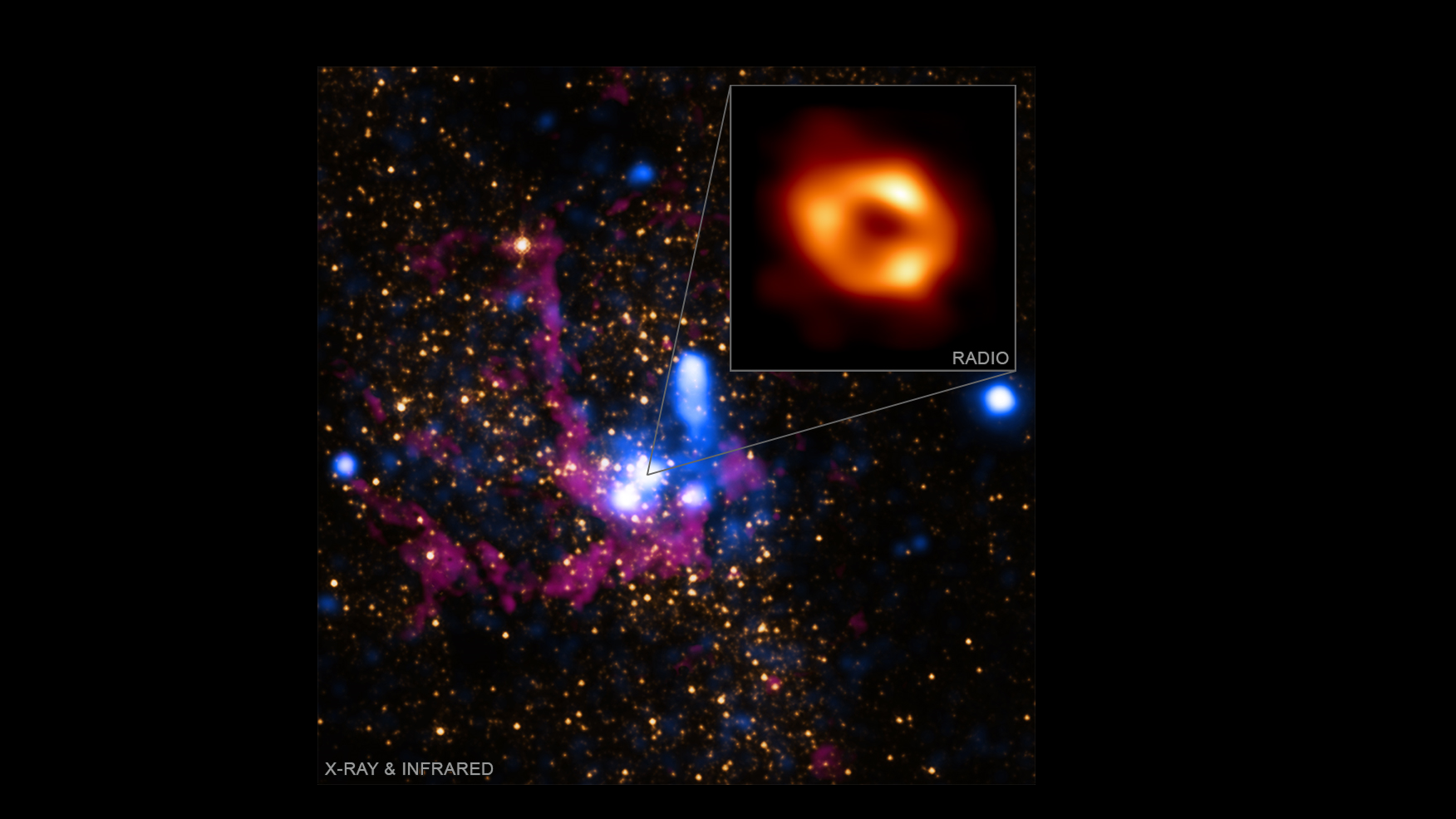
EHT is evolving quickly to produce more science. The collaboration aims to add several new telescopes worldwide to progress from still images of black holes to the first high-resolution movies, which scientists have been aiming to do since at least 2019.
"For M87, we hope to be able to switch into what we call 'agile observing,' " Fish told reporters on May 12, 2022. The goal there is to stitch the new telescopes together by about 2024, although moving images may take some time to come in.
"The data has to be processed and, you know, who knows?" Fish added. "What sort of dynamic imaging techniques will have to be developed for that movie? But [it will come] a few years after that, for M87."
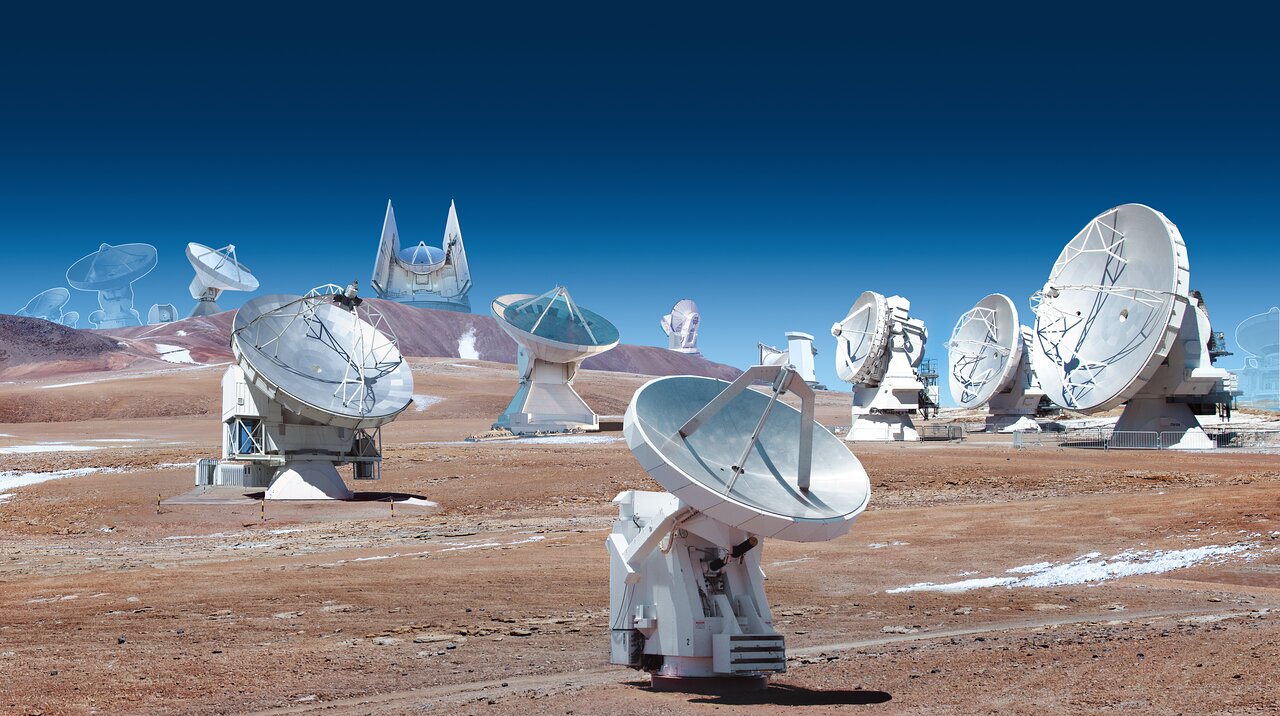
EHT's 2022 campaign planned about a week's worth of remote observations. In March, the EHT collaboration suggested they would examine objects ranging from black holes to galaxies to quasars (meaning, superbright objects embedded with black holes.)
Sgr A* was teased in the March announcement as a potential observing target, and scientists also said at the time they plan to return to imaging M87. Officials used remote observing techniques as a safety measure, given the ongoing COVID-19 pandemic.
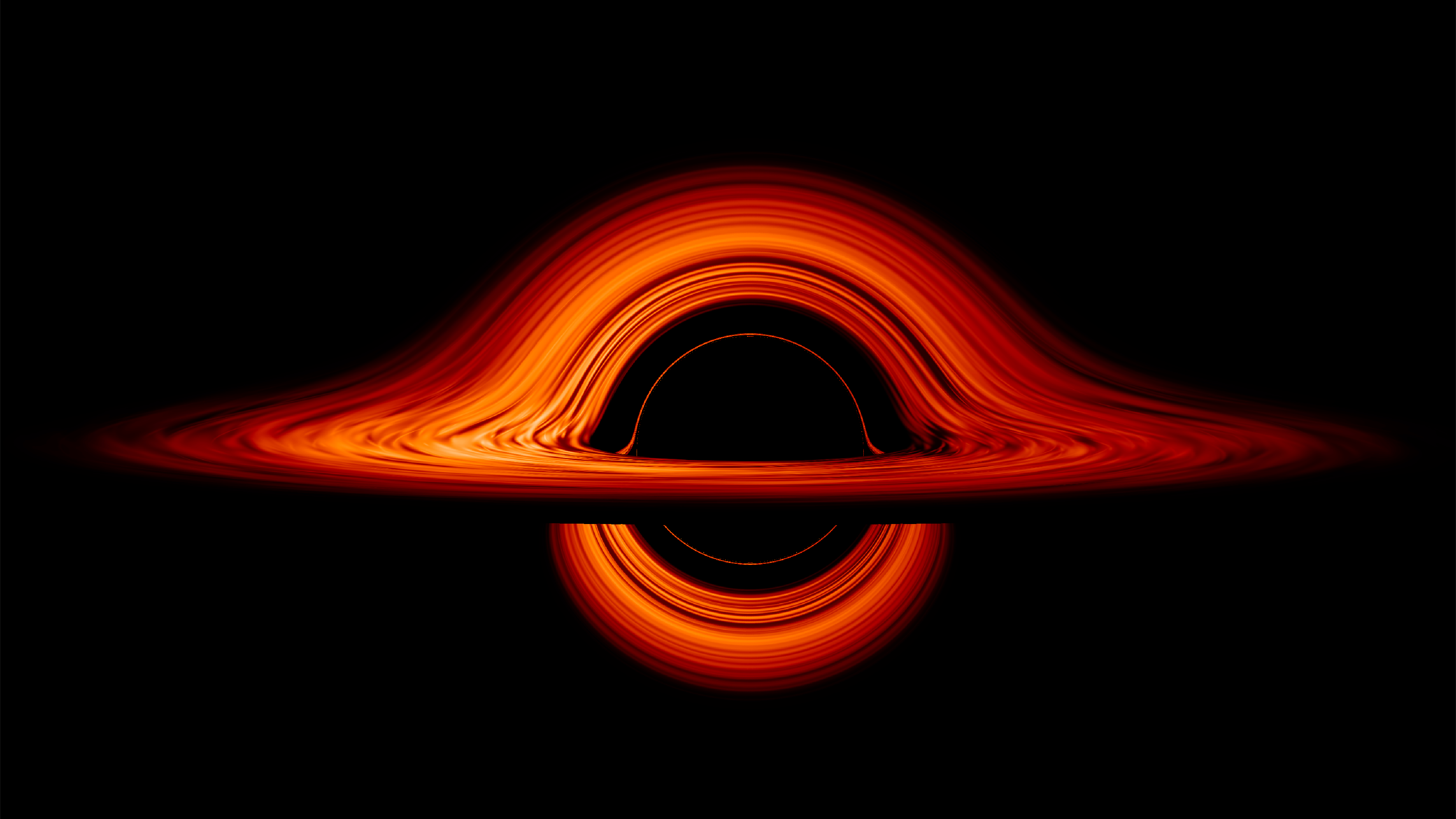
While the EHT has produced stunning black hole imagery from the ground, the next generation of such work could be produced in space. In 2019, astronomers at Radboud University in the Netherlands said they, the European Space Agency and others would eventually like to place two to three satellites in orbit around our planet.
Their concept is called the Event Horizon Imager. It works by expanding the available distance between individual radio telescopes to beyond what the Earth's surface could provide. More distance in theory could mean better resolution, allowing for even more detailed images of black holes in the future.
To learn more about black holes, check out our black holes reference guide and this look at where black holes lead to. We've also taken a look at white holes, the opposite of black holes, and how black holes have impacted video games. You might want to read Stephen Hawking's most far-out ideas about black holes to see how strange they really are.

Elizabeth Howell (she/her), Ph.D., was a staff writer in the spaceflight channel between 2022 and 2024 specializing in Canadian space news. She was contributing writer for Space.com for 10 years from 2012 to 2024. Elizabeth's reporting includes multiple exclusives with the White House, leading world coverage about a lost-and-found space tomato on the International Space Station, witnessing five human spaceflight launches on two continents, flying parabolic, working inside a spacesuit, and participating in a simulated Mars mission. Her latest book, "Why Am I Taller?" (ECW Press, 2022) is co-written with astronaut Dave Williams.
